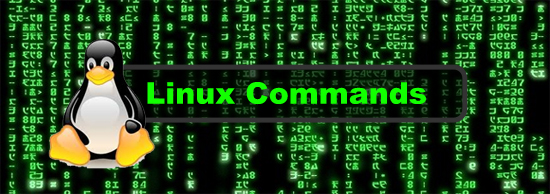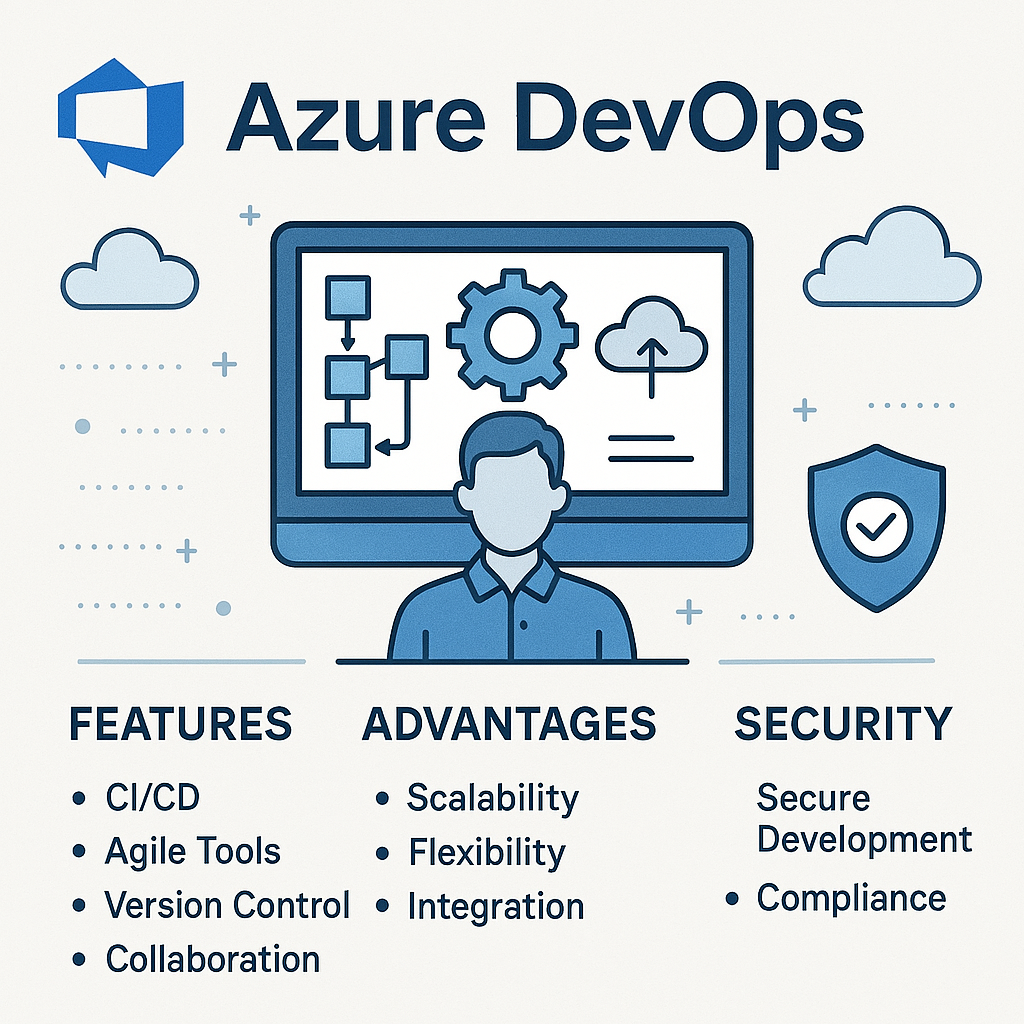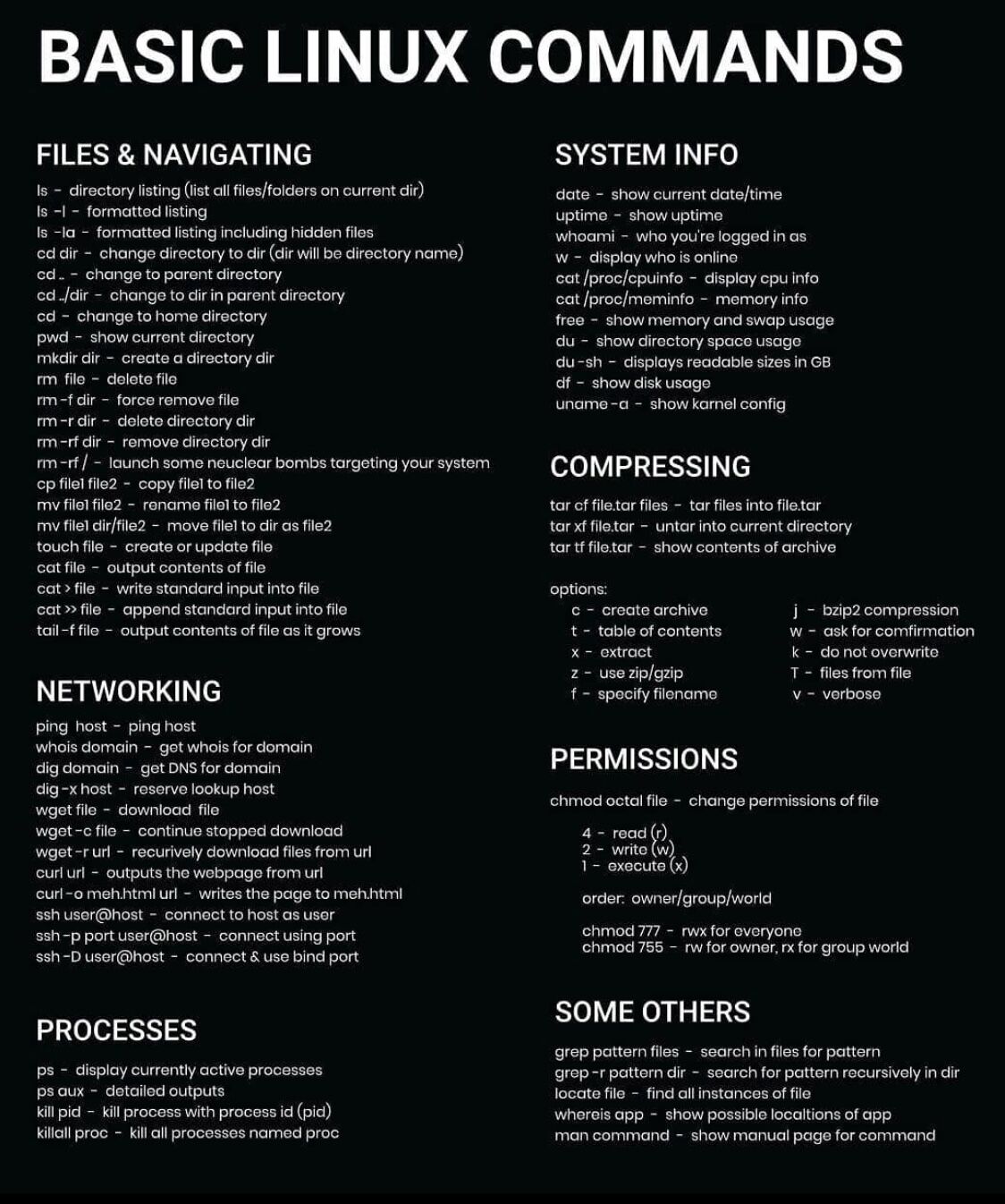
I. Introduction to Linux Commands
Brief explanation of Linux Commands and their importance for beginners
Beginners diving into the world of Linux, a popular open-source operating system, must get familiar with Linux commands. These commands allow users to navigate, manipulate, and manage the Linux interface. Understanding the Linux command line can unlock a world of power and efficiency, making your computing more enjoyable and productive.
Here are some significant commands for beginners:
- ls: List directory contents
- cd: Change the current directory
- pwd: Print the path of the working directory
- cp: Copy files or directories
- mv: Move or rename files
Mastering these commands can offer a solid foundation for skillful Linux administration. So, get started and embrace the command line, the heart of Linux.
 Source: i.ytimg.com
Source: i.ytimg.comII. Navigation Commands
It’s crucial for beginners to familiarize themselves with basic navigation commands within the Linux operating system. These commands will help you move around the file system with ease.
Understanding the basic navigation commands (cd, ls, pwd)
‘cd’ changes your current directory. By using this command, you can move to any location on your system.
‘ls’ lists all the files and directories in the current directory. This command gives you an overview of the items in your current location.
‘pwd’ stands for Print Working Directory. It displays the full path of the current directory where you are located.
Remember:
- ‘cd‘ to Change Directory
- ‘ls‘ to List content
- ‘pwd‘ to Print Working Directory,
Mastering these basic commands are a stepping stone on your Linux journey. In our next section, we will dive deeper into manipulating files and directories, so stay tuned.
 Source: i.ytimg.com
Source: i.ytimg.comIII. File and Directory Commands
In the journey of learning Linux, getting a good grasp of file and directory commands is crucial. Knowing how to create, copy, move and remove files efficiently is an essential skill for every beginner.
Working with files and directories (mkdir, touch, cp, mv, rm)
mkdir: The mkdir command is used to create directories (folders). Simply type “mkdir” followed by the name of your new directory.
touch: Want to create a new file? The touch command is your go-to. Type “touch” followed by your file’s name to create it instantaneously.
cp: The cp command stands for copy. It allows users to make a copy of files or directories with ease.
mv: Short for move, the mv command allows you to move or rename files and directories.
rm: The rm command removes files or directories. Use it with caution though, once a file is removed, it cannot be recovered!
Remember, practice makes perfect. Start working with these commands to make your Linux journey smoother and more efficient.
 Source: cdn.thenewstack.io
Source: cdn.thenewstack.ioIV. Text Editors
For any Linux user, be it a novice or an expert, text editors play an integral role in carrying out operations. Let’s delve into two popular text editors – vi and nano.
Introduction to text editors in Linux (vi, nano)
vi is one of the oldest text editors in Linux, characterized by its powerful yet minimalist interface. It’s strong on commands, allowing you to edit text, navigate files, and even split the screen.
nano, on the other hand, is more user-friendly, especially for beginners. It’s a simple and straightforward editor. Important features of nano include:
- auto-indentation
- case sensitive search
- interactive search and replace
Choosing between vi and nano becomes ultimately a matter of personal preference and comfort. Both editors are crucial, and knowing how to use them can make your work on Linux much easier.
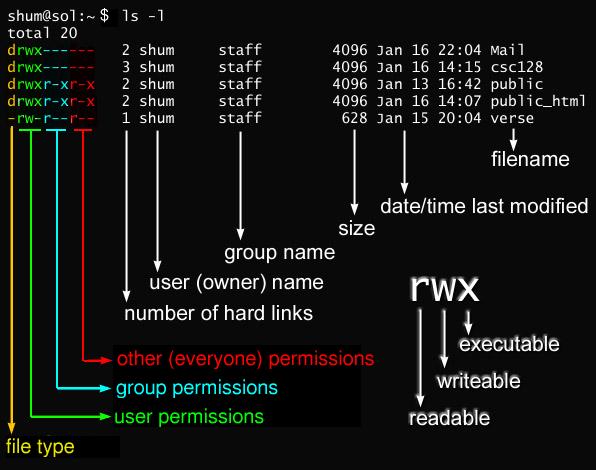 Source: 1.bp.blogspot.com
Source: 1.bp.blogspot.comV. File Permissions
Understanding file permissions and how to modify them (chmod, chown)
Understanding and manipulating file permissions is a crucial aspect of managing a Linux system. Your ability to read, write, and execute files is determined by these permissions.
File Permissions explained:
- Read (r): The file can be opened and read.
- Write (w): Makes changes to the file.
- Execute (x): The file can be executed as a program.
Two powerful command-line tools, chmod and chown, can be used to adjust these permissions.
Chmod: Changes the file’s access permissions. For example, ‘chmod 755 filename’ translates into read/write/execute permissions for the file owner, and read/execute permissions for others.
Chown: Alters the ownership of a file. For example, ‘chown username filename’ assigns ownership to the specified username.
Learn more by referencing to Linux file permissions on Wikipedia. The key to mastering Linux is practice!
Try these commands out and commence your journey to becoming a Linux pro!
 Source: beebom.com
Source: beebom.comVI. Process Management
Managing processes on a Linux system is crucial for those who are new to this operating system. There are three primary commands that you need to familiarize yourself with: ‘ps,’ ‘kill,’ and ‘top.’
ps (Process Status)
The ‘ps’ command on a Linux system helps monitor the currently running processes. It provides information regarding the system activities, making it easier for users to manage their operations.
kill
The ‘kill’ command allows users to terminate a process. When a certain process becomes unresponsive or starts overwhelming the system’s resources, use ‘kill’ to end the process.
top
The ‘top’ command displays a real-time overview of the running system activities. It helps to identify processes that are consuming more resources and manage them accordingly.
By understanding these commands, beginners can more efficiently manage processes on their Linux systems.
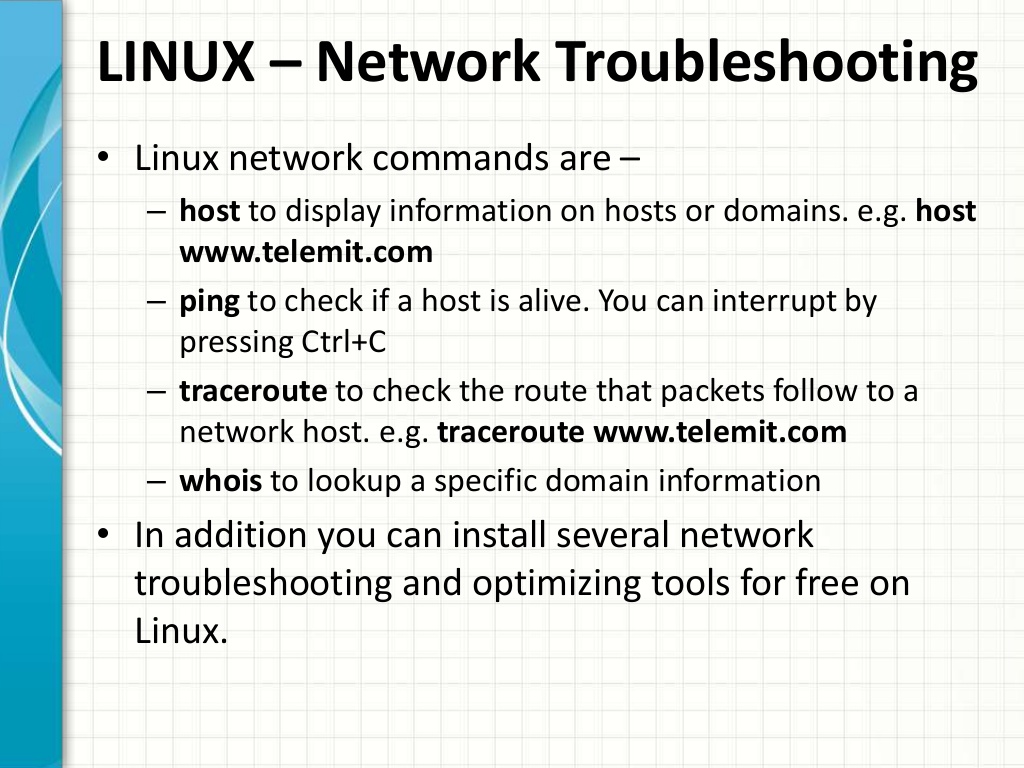 Source: 1.bp.blogspot.com
Source: 1.bp.blogspot.comVII. Network Commands
In this section, we get into the nitty-gritty of network commands in the Linux system! These commands help us observe and monitor the state of our network, ensuring that everything runs as smoothly as it should. Here’s a rundown of the three primary network commands beginners should get acquainted with:
Basic networking commands in Linux (ping, ifconfig, netstat)
- Ping: “Ping” is a command used to measure the round-trip time for messages from your computer to a specific destination address. It ensures your computer can reach the target address and react appropriately.
- Ifconfig: Standing for ‘interface configuration’, “ifconfig” allows you to set up and extract network settings for your system’s network interfaces.
- Netstat: Want to observe the network connections in your system? With “netstat,” you can! This command showcases both incoming and outgoing network connections, allowing you to monitor who’s communicating with your system.
To learn more about these and other handy Linux command lines, be sure to check this helpful Wikipedia Guide.
No doubt, these commands might seem a bit daunting at first. But fear not! With a little bit of practice and patience, you’ll get the hang of them. Now, go forth and explore!
 Source: www.wikihow.com
Source: www.wikihow.comVIII. Package Management
Managing software packages is a crucial part of using a Linux system effectively. Whether it’s installing new software, updating existing ones or removing unused packages, Linux provides users with several flexible tools for package management.
Installing, updating, and removing software packages (apt, dnf, yum)
Linux supports numerous package managers, but here we focus on the three popular ones primarily used in different Linux distributions: apt, dnf, and yum.
- Using apt for Debian based systems, you can install software with the command “sudo apt install [package_name]”.
- For Fedora based systems, the dnf tool is used, for example, to install a package “sudo dnf install [package_name]”.
- While for Red Hat/CentOS distributions, yum is the package manager of choice – “sudo yum install [package_name]”.
In every case, replacing the “install” command with “update” will look for updates, and “remove” will uninstall the particular software package. So, learning Linux commands, especially about package management, can be valuable for beginners.
 Source: www.cyberciti.biz
Source: www.cyberciti.bizIX. System Monitoring and Maintenance
In the world of Linux, understanding system monitoring and maintenance commands is imperative, especially for beginners. Here is a look at three critical commands pertaining to this area:
- df: This command is used to get a report on the system’s disk space usage. Typing
dfin the terminal will list out the used and available space on all mounted systems. - free: If you need to check your system’s memory usage, the
freecommand comes in handy. It provides information concerning total memory, used memory, and free memory. - reboot: This is a simple command used to restart the system.
These basic commands are essential for monitoring and maintaining system performance. As always, it is crucial to use these commands with proper understanding and caution.
X. User and Group Management
Managing users and groups is an essential part of Linux system administration. Whether you’re adding a new employee to your team or setting up a new project, these commands will come in handy.
Managing users and groups in Linux (useradd, passwd, groupadd)
1. useradd: This command is used to create a new user. For example, to add a new user named “tom”, you would use the command “useradd tom”. You can read more about the ‘useradd’ command and its options on Wikipedia.
2. passwd: Once you have created a user, you will want to set a password. The ‘passwd’ command is used for this purpose. To set a password for tom, you would use “passwd tom”.
3. groupadd: If you want to create a new group, you can use ‘groupadd’. For instance, to create a group called “developers”, you could use the command “groupadd developers”.
In short using just the basics of these three commands:
- useradd: to add a new user
- passwd: to set or change the user’s password
- groupadd: to create a new group
You can set up a safe and organized Linux environment.
 Source: i.redd.it
Source: i.redd.itXI. Conclusion
The path to becoming a savvy Linux user begins with understanding and using the basic commands. Today we’ve outlined a number of vital commands for beginners, each equipped with its distinct functions. Here’s a brief summary:
- ls: List directory contents
- cd: Change directory
- pwd: Print working directory
- touch: Create file
- rm: Remove files/directories
- cp: Copy files/directories
- mv: Move/rename files
- cat: Concatenate and print files
- chmod: Change file permissions
- man: Display command manuals
These commands furnish you with the tools to navigate, manage files, and observe your system on Linux. However, Linux hosts hundreds of commands, and we’ve merely scratched the surface. As next steps, consider exploring more intermediate-to-advanced commands, immersing yourself in different Linux distributions, and practicing regularly in real-world scenarios. The more you practice, the easier it becomes to work with Linux. So, keep exploring and happy learning!

